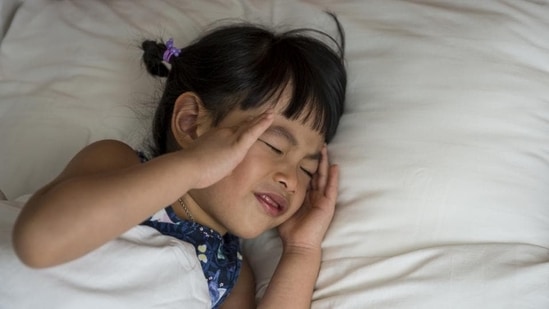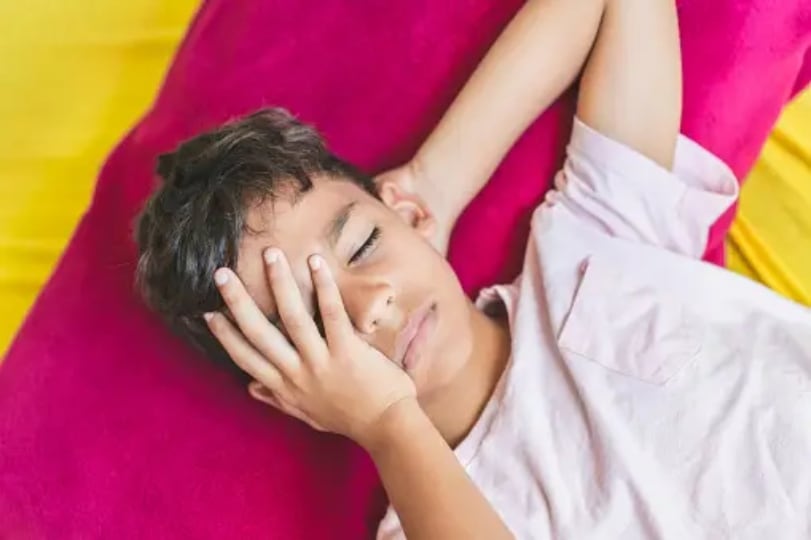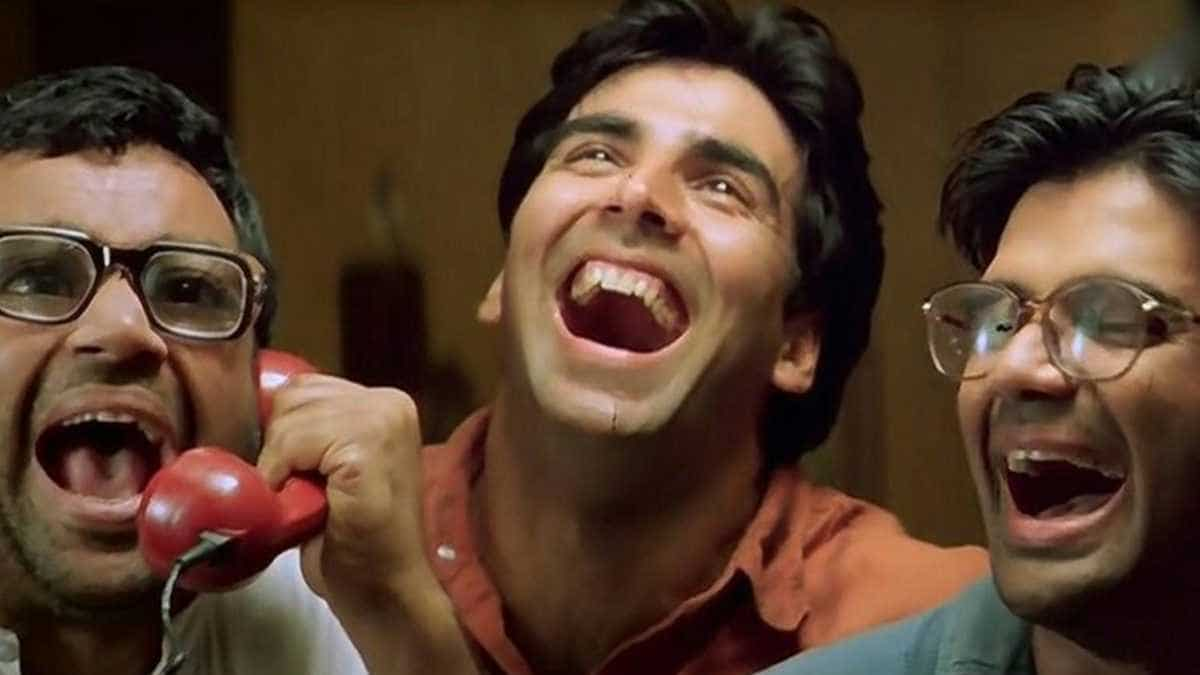
Vestibular migraine in children: What is it and how to combat it
7 months ago | 65 Views
Vestibular migraine shows up differently than regular migraines. Regular migraines are known for throbbing headaches, while vestibular migraines are known for sudden dizziness and vomiting. In an interview with HT Lifestyle, Dr. Anita Bhandari, Neurotologist, ENT surgeon and director of NeuroEquilibrium, said, “There is often a family history of migraines, but instead of the classic headache, these young patients experience sudden bouts of dizziness, sometimes lasting minutes, other times hours. Along with vertigo, they may feel nauseous, sensitive to light and sound, and even see flashing lights.”
Why do episodes of vestibular migraines occur?
“Triggers can vary from child to child, but common culprits include sleeping late, skipping meals (especially breakfast), or even certain foods like chocolate or cheese,” answered Dr Anita Bhandari.
Vestibular migraine diagnosis:

The symptoms of vestibular migraine often mimic other conditions, making it difficult to be diagnosed fast. However, after being diagnosed, the primary step is to make healthy lifestyle changes. This approach involves calming the irritated vestibular nerves with enough rest and energy. It helps the body to regenerate and combat headaches. This translates to eating on time and not skipping meals, along with adequate sleep. Skipping meals and not having proper food can act as a trigger for vestibular migraines.
Limiting screen time also helps in the recovery phase. Too much exposure to screen can act as a trigger for such headaches, dizziness and vomiting. Some children may also require medication to control the symptoms – parents and caregivers must consult health experts for advice on medication and lifestyle modifications.
Vestibular migraine is challenging to live with
“For children, living with vestibular migraine can be challenging, but with the proper support and care, they can regain control of their lives. Parents and doctors can help these young patients dance their way back to health and happiness by identifying the condition, recognising triggers, and making thoughtful adjustments,” added Dr Anita Bhandari.
Read Also: Closing the genomics gap: How to improve indigenous health
#




















